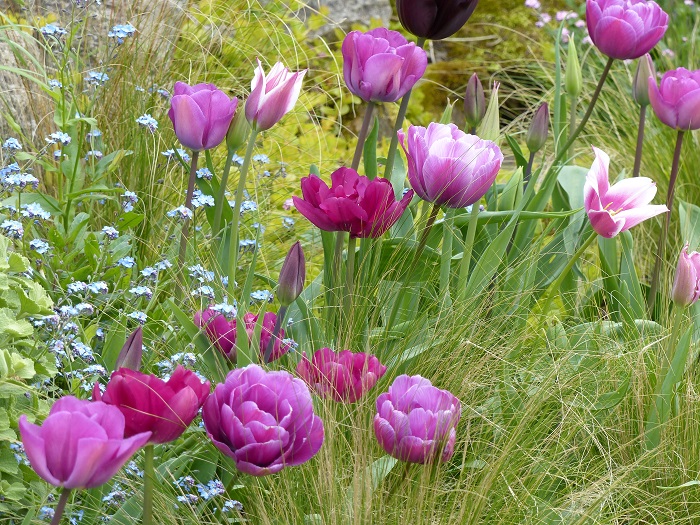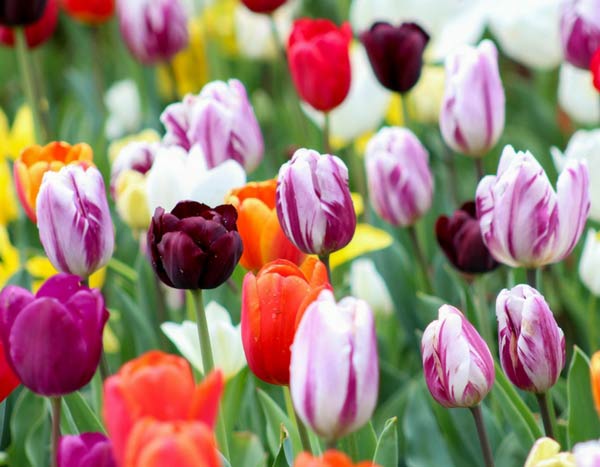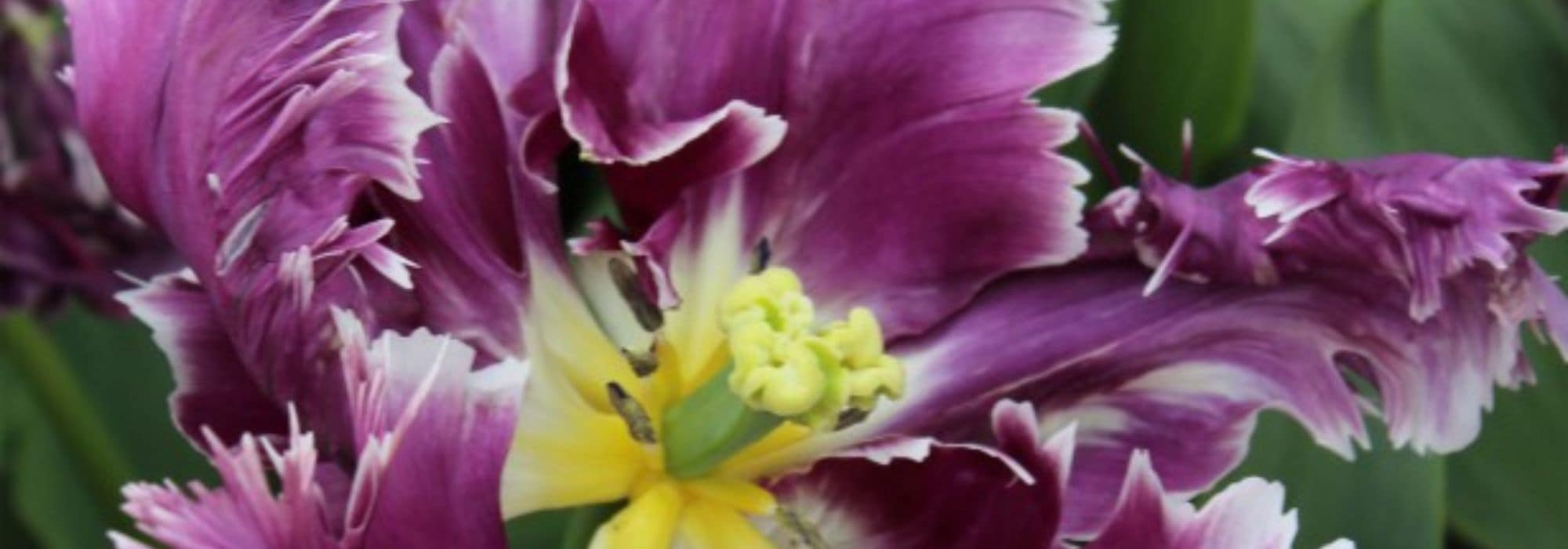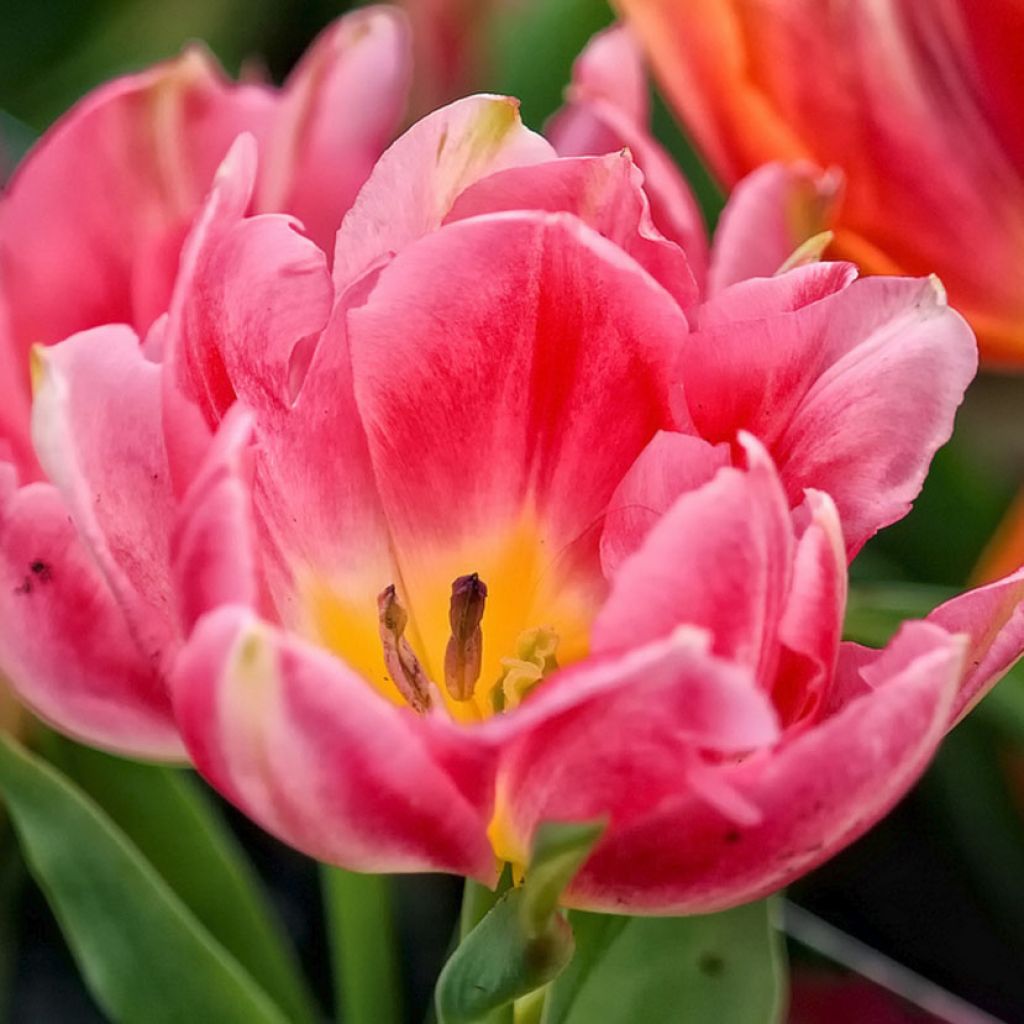

Tulipa Peach Blossom- Double Early Tulip
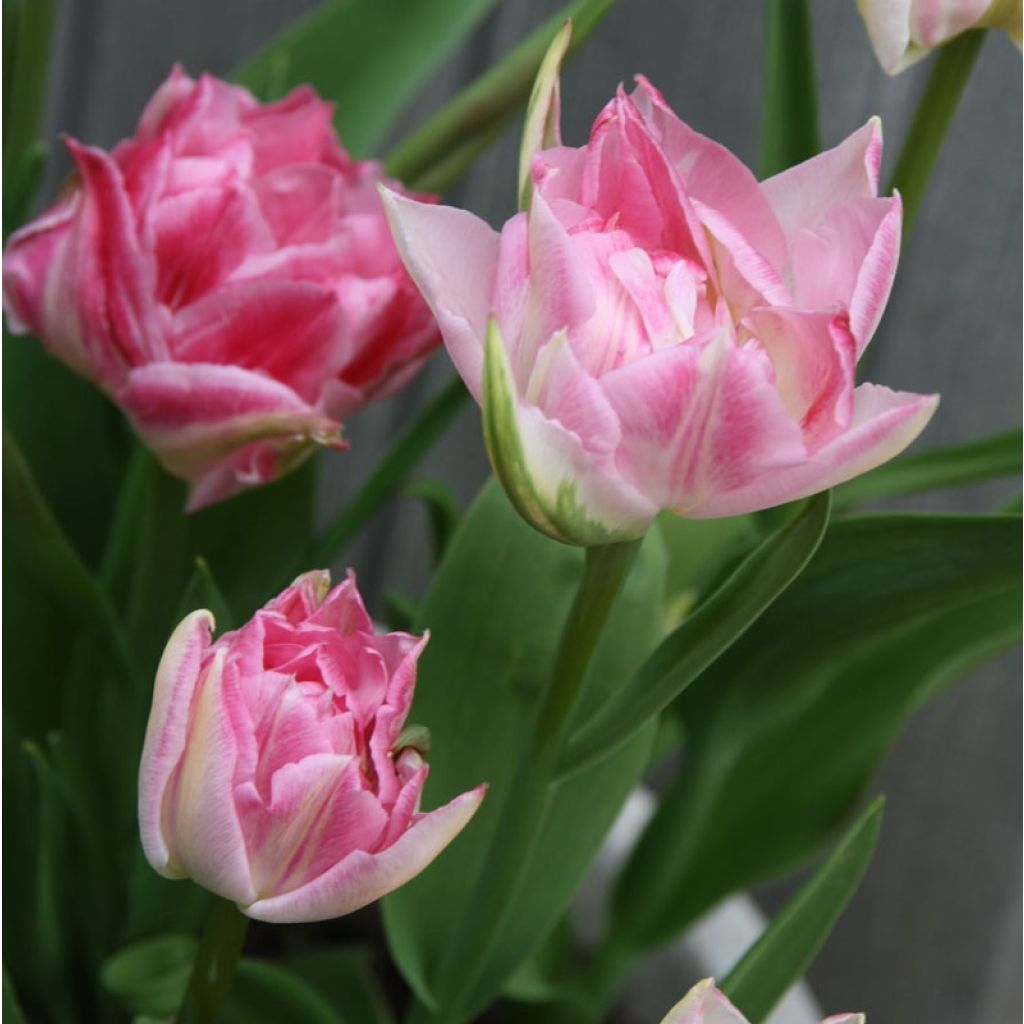

Tulipa Peach Blossom- Double Early Tulip
View more pictures
Hide images
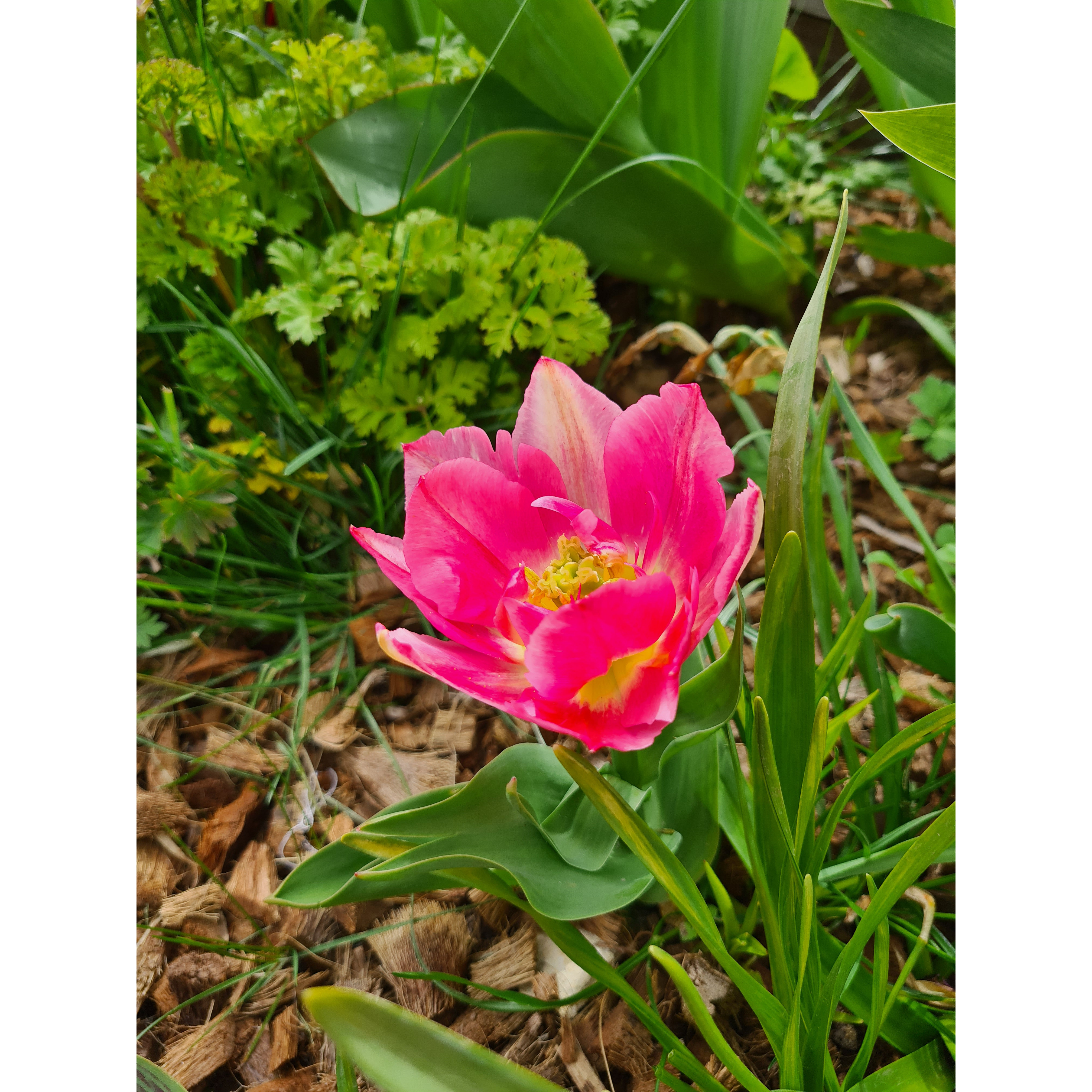
Adeline T.

Adeline's Garden Tulip peach blossom
Adeline T. • 18 FR
Tulipa Peach Blossom- Double Early Tulip
Tulipa Peach Blossom
Tulip
Very beautiful flower, very double, blooming from mid-March, deep pink in color for 8 bulbs, 2 bulbs produced a lighter shade.
Ariane, 06/04/2020
Special offer!
Receive a €20 voucher for any order over €90 (excluding delivery costs, credit notes, and plastic-free options)!
1- Add your favorite plants to your cart.
2- Once you have reached €90, confirm your order (you can even choose the delivery date!).
3- As soon as your order is shipped, you will receive an email containing your voucher code, valid for 3 months (90 days).
Your voucher is unique and can only be used once, for any order with a minimum value of €20, excluding delivery costs.
Can be combined with other current offers, non-divisible and non-refundable.
This plant carries a 6 months recovery warranty
More information
We guarantee the quality of our plants for a full growing cycle, and will replace at our expense any plant that fails to recover under normal climatic and planting conditions.

Would this plant suit my garden?
Set up your Plantfit profile →
Description
Tulipa 'Peach Blossom' is an early double tulip. It is an historic variety, introduced to the horticultural market in 1890. Its success has never waned since then. Its solitary double flower is lightly scented. It opens in a cup shape, in a lovely gradient of deep pink, silvery pink, and white. Standing about 25cm (10in) tall, it is a little gem for a well-kept flower bed. This queen of pink tulips is perfect in pots, at the front of or as a base for a flower bed, intermingled with taller tulips. It is one of the first tulips to bloom, and is a reliable choice!
'Peach Blossom' belongs to the Liliaceae family. This very old horticultural variety is a mutation of the 'Murillo' tulip, obtained in 1860, and the parent of the cultivars 'Garanza' and 'Willem van Oranje' (William of Orange). It is currently classified in the group of 'Early Double Tulips', whose main characteristic is to have large double flowers, resembling those of gardenia, carried by rather short stems. This variety will reach a height of 25cm (10in) when in bloom. The flowers sit perched on sturdy stems, just above the broadly lanceolate leaves. The blooms have a diameter of up to 11cm (4in), and stand out in the garden with their delightful pink shade, nuanced with white, revealing a white throat speckled with yellow stamens. Flowering takes place in March-April, at the beginning of the tulip season.
With its modest size and early flowering, 'Peach Blossom' pairs particularly well with small spring bulbs such as muscari, Siberian squills, chionodoxa, and ipheions.
Double tulips boast a wealth of colours. They are sturdy flowers with vibrant shades, perfect in flower beds, rockeries, and bouquets. They are among the most planted varieties. They bring colour and flair to the early season when planted in pots or sunny gardens. Consider the height and flowering period when designing your flower beds, as these parameters vary significantly from one cultivar to another. It is wise to plant a few more bulbs for cutting, as they make beautiful cut flowers that last a long time in a vase.
Tulipa Peach Blossom- Double Early Tulip in pictures
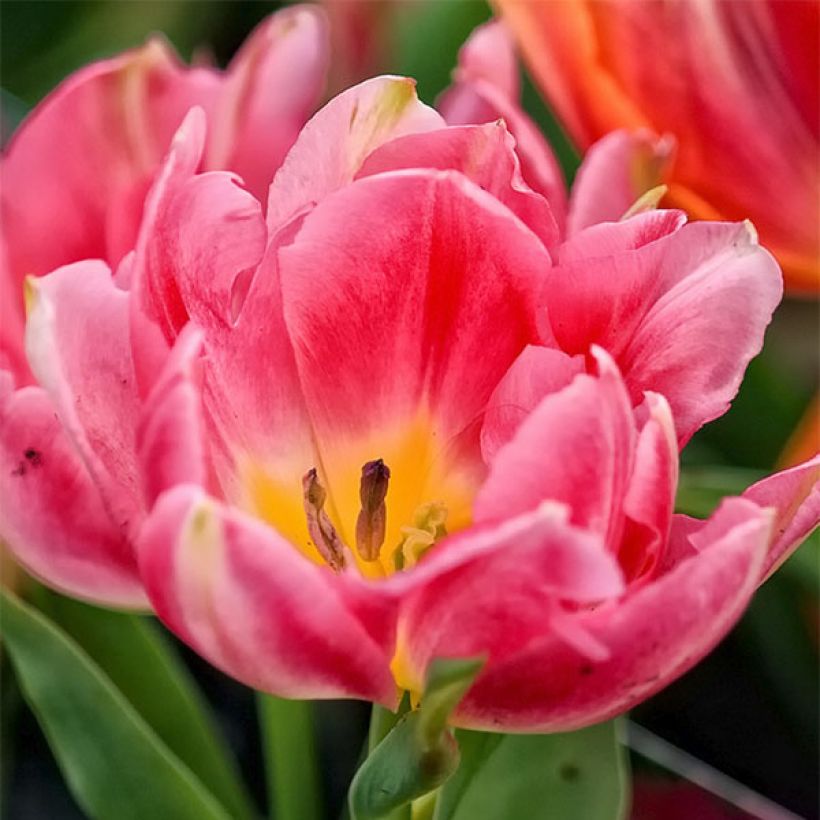

Plant habit
Flowering
Foliage
Botanical data
Tulipa
Peach Blossom
Liliaceae
Tulip
Cultivar or hybrid
Planting and care
Place 'Peach Blossom' tulips in a sunny or partially shaded location, sheltered from strong winds. Plant from October to December for spring flowering. Plant the bulbs in light, well-drained soil at a depth of 15cm (6in). Space the bulbs 10cm (4in) apart, without touching each other, to create a mass effect. Cut the flower stems after flowering. Allow the leaves to dry completely before cutting them. Tulips do not like stagnant moisture.
Planting period
Intended location
Care
Planting & care advice
-
, onOrder confirmed
Reply from on Promesse de fleurs
Haven't found what you were looking for?
Hardiness is the lowest winter temperature a plant can endure without suffering serious damage or even dying. However, hardiness is affected by location (a sheltered area, such as a patio), protection (winter cover) and soil type (hardiness is improved by well-drained soil).

Photo Sharing Terms & Conditions
In order to encourage gardeners to interact and share their experiences, Promesse de fleurs offers various media enabling content to be uploaded onto its Site - in particular via the ‘Photo sharing’ module.
The User agrees to refrain from:
- Posting any content that is illegal, prejudicial, insulting, racist, inciteful to hatred, revisionist, contrary to public decency, that infringes on privacy or on the privacy rights of third parties, in particular the publicity rights of persons and goods, intellectual property rights, or the right to privacy.
- Submitting content on behalf of a third party;
- Impersonate the identity of a third party and/or publish any personal information about a third party;
In general, the User undertakes to refrain from any unethical behaviour.
All Content (in particular text, comments, files, images, photos, videos, creative works, etc.), which may be subject to property or intellectual property rights, image or other private rights, shall remain the property of the User, subject to the limited rights granted by the terms of the licence granted by Promesse de fleurs as stated below. Users are at liberty to publish or not to publish such Content on the Site, notably via the ‘Photo Sharing’ facility, and accept that this Content shall be made public and freely accessible, notably on the Internet.
Users further acknowledge, undertake to have ,and guarantee that they hold all necessary rights and permissions to publish such material on the Site, in particular with regard to the legislation in force pertaining to any privacy, property, intellectual property, image, or contractual rights, or rights of any other nature. By publishing such Content on the Site, Users acknowledge accepting full liability as publishers of the Content within the meaning of the law, and grant Promesse de fleurs, free of charge, an inclusive, worldwide licence for the said Content for the entire duration of its publication, including all reproduction, representation, up/downloading, displaying, performing, transmission, and storage rights.
Users also grant permission for their name to be linked to the Content and accept that this link may not always be made available.
By engaging in posting material, Users consent to their Content becoming automatically accessible on the Internet, in particular on other sites and/or blogs and/or web pages of the Promesse de fleurs site, including in particular social pages and the Promesse de fleurs catalogue.
Users may secure the removal of entrusted content free of charge by issuing a simple request via our contact form.
The flowering period indicated on our website applies to countries and regions located in USDA zone 8 (France, the United Kingdom, Ireland, the Netherlands, etc.)
It will vary according to where you live:
- In zones 9 to 10 (Italy, Spain, Greece, etc.), flowering will occur about 2 to 4 weeks earlier.
- In zones 6 to 7 (Germany, Poland, Slovenia, and lower mountainous regions), flowering will be delayed by 2 to 3 weeks.
- In zone 5 (Central Europe, Scandinavia), blooming will be delayed by 3 to 5 weeks.
In temperate climates, pruning of spring-flowering shrubs (forsythia, spireas, etc.) should be done just after flowering.
Pruning of summer-flowering shrubs (Indian Lilac, Perovskia, etc.) can be done in winter or spring.
In cold regions as well as with frost-sensitive plants, avoid pruning too early when severe frosts may still occur.
The planting period indicated on our website applies to countries and regions located in USDA zone 8 (France, United Kingdom, Ireland, Netherlands).
It will vary according to where you live:
- In Mediterranean zones (Marseille, Madrid, Milan, etc.), autumn and winter are the best planting periods.
- In continental zones (Strasbourg, Munich, Vienna, etc.), delay planting by 2 to 3 weeks in spring and bring it forward by 2 to 4 weeks in autumn.
- In mountainous regions (the Alps, Pyrenees, Carpathians, etc.), it is best to plant in late spring (May-June) or late summer (August-September).
The harvesting period indicated on our website applies to countries and regions in USDA zone 8 (France, England, Ireland, the Netherlands).
In colder areas (Scandinavia, Poland, Austria...) fruit and vegetable harvests are likely to be delayed by 3-4 weeks.
In warmer areas (Italy, Spain, Greece, etc.), harvesting will probably take place earlier, depending on weather conditions.
The sowing periods indicated on our website apply to countries and regions within USDA Zone 8 (France, UK, Ireland, Netherlands).
In colder areas (Scandinavia, Poland, Austria...), delay any outdoor sowing by 3-4 weeks, or sow under glass.
In warmer climes (Italy, Spain, Greece, etc.), bring outdoor sowing forward by a few weeks.


































